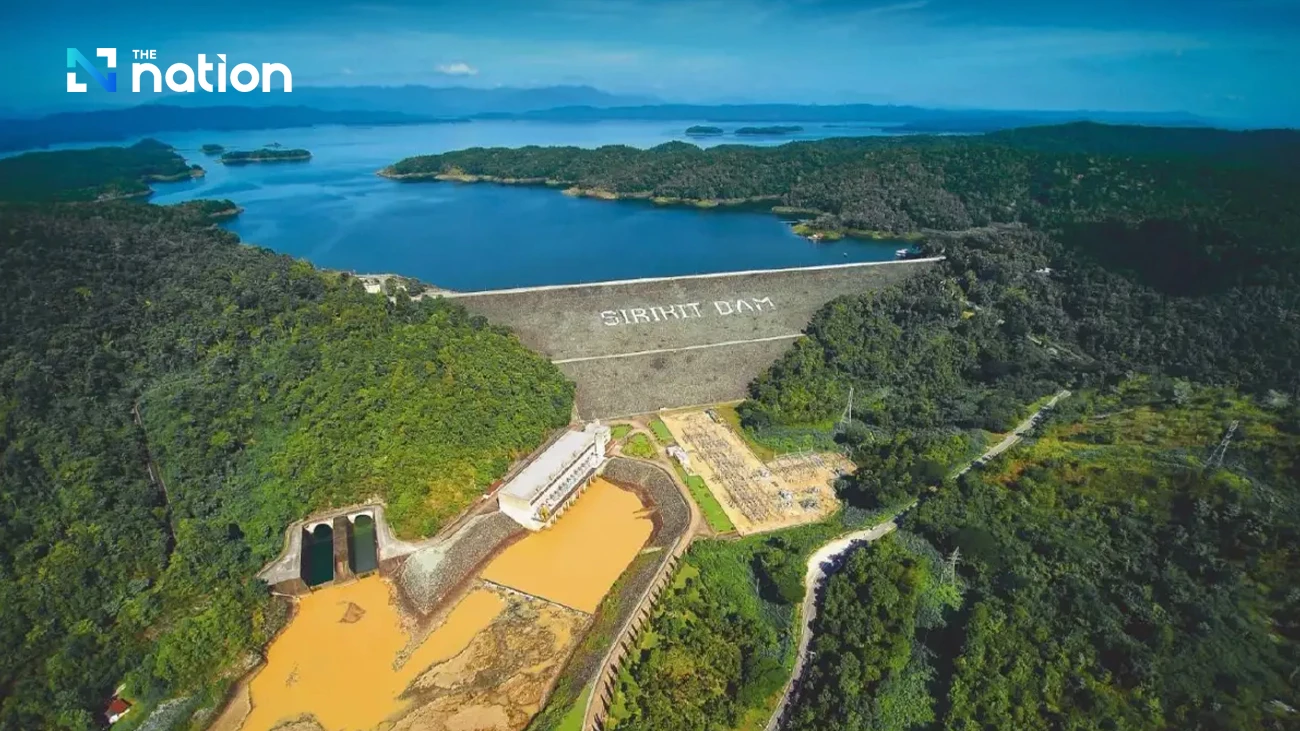
The Meteorological Department forecasts a very wet few months as the weather phenomenon set to dump large volumes of water at least until November
Thailand is preparing for the onslaught of heavy rain to be brought by the La Niña phenomenon, the Office of Natural Water Resources (ONWR) said on Thursday.
Thanarot Woraratprasert, ONWR’s deputy spokesperson, said the Thai Meteorological Department expects the volume of rain between June and November to rise by 5-8% compared to normal, though October will see 12% less rainfall.
Very heavy rainfall can be expected between July and August, especially on the borders of the North, Northeast, East and the western coast in the South.
A monsoon trough could trigger heavy rain this week and the ONWR is warning residents in Nong Khai, Bueng Kan, Nakhon Phanom, Ubon Ratchathani, Rayong, Chanthaburi, Trat, Ranong and Phang Nga to beware of flash floods and runoffs.
People living on the banks of the Chao Phraya, Mae Klong, Tha Chin and Bang Pakong rivers have also been advised to be wary of flash floods and runoffs due to heavy rain and rising sea levels, Thanarot said.
“Despite the risk of flash floods and run-offs in flood-prone areas, an increase in rainfall will help residents in areas affected by drought, especially provinces in the North, lower Northeast, East and the western coast of the South,” he said.
He added that ONWR has followed up on relevant agencies’ operations under the government’s measures against water-related disasters during the rainy season, including preparing pumps to mitigate floods in the North and Northeast, clearing waterways in Bangkok and repairing water-measuring instruments.

Thanarot went on to say that as of June 25, the country’s water reserves came in at 39.93 billion cubic metres, accounting for 50% of the total capacity. Thailand should have up to 40.62 billion cubic metres of water in reserve, similar to the same period last year, he said.
He added that five major dams – Bhumibol, Sirikit, Kra Siao, Chulabhorn and Pranburi – have less than minimum capacity of water, while up to 92 medium-sized dams have reserves of less than 30%.
He expects the aforementioned dams to help mitigate the impact of flash floods and runoffs effectively, along with water reserves to be used during the dry season this year and next.
“Once the rainy season ends on November 1, water reserves nationwide are expected to hit 58.19 billion cubic metres, accounting for 82 per cent of total reserve capacity,” he said. Also, he said, water reserves in the Chao Phraya Basin and the Eastern Economic Corridor will rise to 20.66 billion cubic metres and 576 million cubic metres during the period, respectively.


